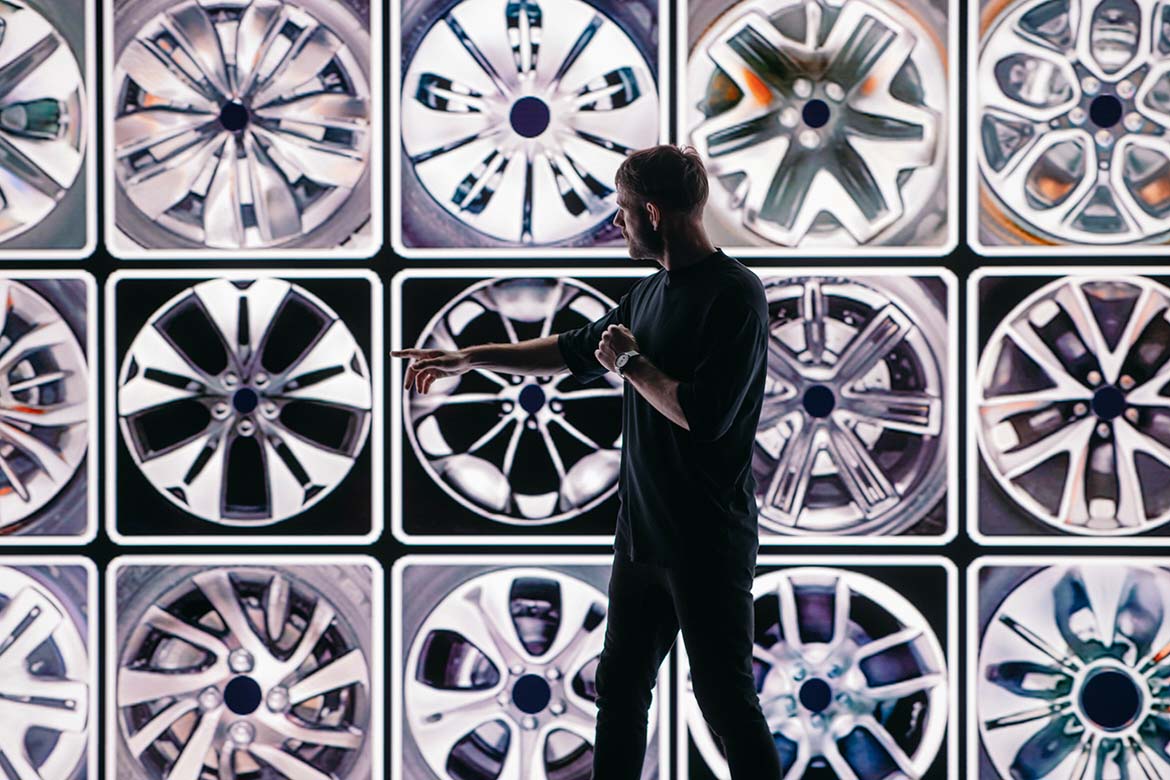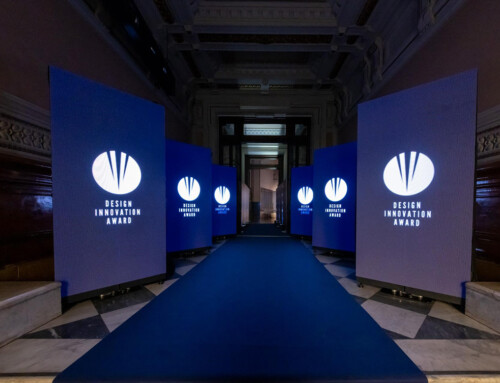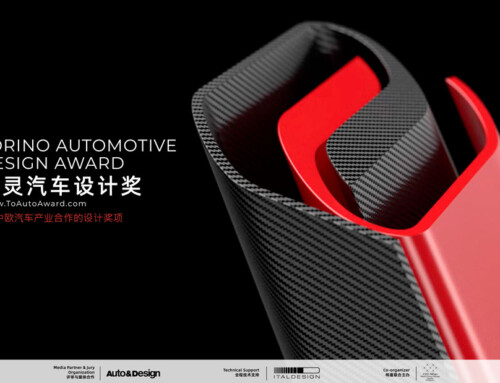Creative people are always looking for inspiration and the principle of thinking outside the box is well-known and appealing, although not easy to implement, as in the creative process people tend to fall back on what is familiar. This is precisely where the FelGAN software comes in, based on artificial intelligence and developed in-house by Audi’s IT department and Audi Design. The project allows creatives to tap into a virtually unlimited pool of ideas. Interaction with the software allows designers to discover solutions from fresh perspectives, providing suggestions that they can evolve and incorporate into their creations. In concrete terms, FelGAN works both by quickly proposing a large number of designs that look like real photos and by purposefully recombining existing designs.
In this way, the system provides a kind of spontaneous idea hub for the design team, in this case of Audi wheels, allowing them to exchange new versions and variants. The tool allows designers to range in real time and with ease between shape, colour, surface structure and other parameters. The name ‘FelGAN’ is a cross between the German word for ‘circle’ (Felge) and ‘GAN’, the latter an acronym for Generative Adversarial Networks. GANs are a special form of self-learning computer programme in which two algorithms compete as opponents during so-called training, becoming better and better at competing against each other.
One of the two algorithms, the generator, creates artificial images of a specific pattern – in the case of FelGAN, the circle of the car. The discriminator – the competitor, so to speak – sees a selection of images, consisting of photos of real circles and images of the generator. At this point, the discriminator decides whether each image is a creation of the generator or a real photo. This process is repeated several times until the training is complete. Both algorithms are designed to learn from their mistakes and continuously improve. After enough runs, the generator creations are so real that even the human eye cannot distinguish them, or can barely distinguish them, from real photos. The application’s intuitive user interface, based on Streamlit technology, creates short development cycles and rapid feedback between the design and IT teams. So that designers do not have to rely on high-performance local hardware when using the software solution, the AI application components – which require a lot of processing power – run in the cloud.












